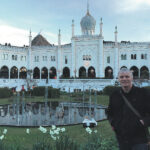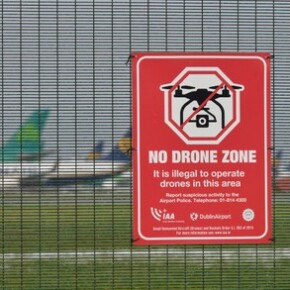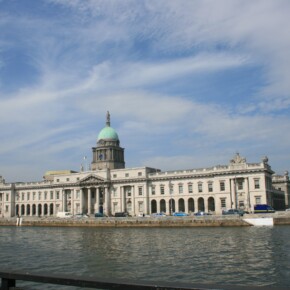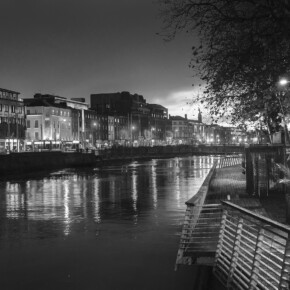No Danish in Copenhagen
Dublin People 07 May 2016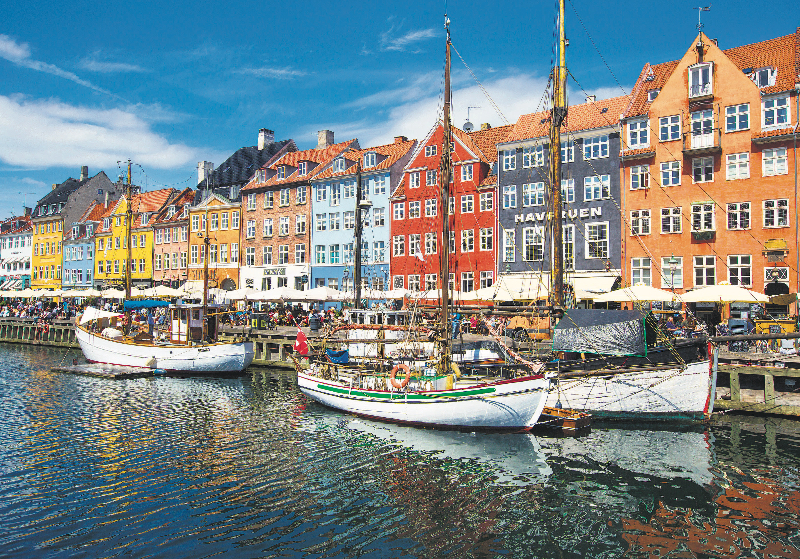
By Darren Kinsella
DENMARK is famed the world over for pastries but ask for a Danish in Copenhagen and you’ll be met with a blank expression, as I discovered on a recent trip there.
There’s certainly no shortage of freshly baked treats in the Danish capital – even the daily bread is delicious – and it’s easy to see why the Danes have had their name borrowed by the rest of world to define pastries of excellence.
So where better to check out this tasty pastry reputation than in the oldest bakery in town on Sankt Peders Stræde.
Tucked away in a protected building, Sankt Peder’s Bakery in Copenhagen’s Latin Quarter doesn’t look much from the outside, but inside it’s a tiny pastry paradise.
We were lucky enough to get one of the few seats available, but there’s often queues to grab a takeaway, especially on Wednesdays when over 4,000 of its celebrated, swirly onsdagssnegl are sold.
Relatively speaking, it’s good value too as Copenhagen is a city that gobbles up holiday cash faster than you can say snegl – a spiral cake packed full of cinnamon and butter, and topped with icing sugar.
The warning signs of a costly holiday are there at the airport, where a large poster advertises a ‘bargain’ meal deal consisting of a sandwich and a pint for a hard-to-stomach €20.
And as we found, that’s not just an inflated airport price.Much of our time was checking and rechecking if our currency conversions from Danish krone to euro were really correct.
However, Copenhagen is cheap to get to. Our flights cost a little over €40 return with Ryanair, and that was a weekend price. Flying times are friendly too, arriving and departing mid-afternoon, so no early morning red-eye to endure.
It’s a convenient city to get around as well. From the airport, it costs less than €5 to get to the city centre by tram and Hotel Skt Annae, where we were staying three nights for €432, was around five minutes away from our station.
Opened in 1851, this boutique hotel is just around the corner from Copenhagen’s waterfront entertainment district, Nyhavn, famed for its pretty colourful buildings.
Nyhavn is nice to stroll around and check out another Danish sweet treat, an ice cream waffle from Vaffelbageren on the corner of Toldbodgade, which you can tuck into while sitting on the side of the canal – or, as we did, enjoy inside if the heavens open up.
Copenhagen’s weather is similar to Dublin’s, so expect rain, wind and cold and you’ll be thrilled if the sun decides to grace the skies when you’re out and about.
A good, inexpensive way to get an overview of a new destination is on a free walking tour. Most cities now have there own versions, where guides earn their crust from tips.
Copenhagen Free Walking Tours have several options and we opted for a leisurely 90-minute stroll around the city centre taking in Copenhagen’s Cathedral, the Round Tower and Rosenborg Palace. Our man Jarrod – an Aussie with Irish heritage – was everything a good guide should be; informative, engaging, witty and street smart, managing to cleverly lose a trio of noisy Danish drunks still partying from the night before who decided to follow us. Not an easy task with 25 confused tourists in tow.
Walking tours give you ideas on what you’d like to check out in detail and the Round Tower took our fancy so we visited the next day.
Built in the 17th-century, the 42-metre-tall Rundetaarn is the oldest functioning observatory in Europe and not surprisingly provides the best views of the city.
There’s no staircase so to get to the top you need to walk up a cobbled spiral walkway, built to make it easy to wheel up bulky equipment for the observatory.
Czar Peter the Great ascended the walk on horseback while visiting Copenhagen in 1716 while his wife, Catherine I, reportedly followed behind in a carriage.
Nowadays, it plays host to an annual unicycle race and the fastest time recorded for going up and down on one wheel is an impressive one minute and 48.7 seconds.
That’s not a record you’d want to try beat after a visit to the Carlsberg Visitor Centre on the outskirts of the city. Cycling is the preferred mode of transport for many Copenhagen tourists but as the rain was holding off, we decided to walk.
It took about a half hour, so a thirst had built up when we got there but at €9 a half litre, drink is not cheap in this city. However, at the Carlsberg Centre there’s two glasses thrown in with your €12.77 ticket and there’s a good-value beer tasting option for €6.72 if they don’t quench the thirst.
The self-guided tour is less formal and isn’t as good as the Heineken tour in Amsterdam or our own Guinness Storehouse Experience but it’s still worth taking and excellent value in an expensive city.
Theme Parks aren’t normally something I gravitate towards but Copenhagen’s Tivoli Gardens are a little different, and surprisingly less pricy, than its more glamorous rivals across Europe and in the US
Opened in 1843, this compact funfair is the second-oldest operating amusement park in the world and while we didn’t venture onto the rides, some were certainly doing their job if the screams were anything to go by.
Tivoli is lovely to just wander around in and sample the atmosphere. There’s plenty of choice when it comes to places to eat and they’re no more expensive than the rest of the city and if you’re feeling homesick, there’s an Irish bar where you can cheer yourself up with some Danish beer.
Entry costs from just under €14 and around €30 if you want unlimited rides. There’s often theatre or dance shows during the evenings and the day at Tivoli ends with a light show over the fountains at around 10.30pm.
Three days isn’t enough to discover all that Copenhagen has to offer but most visitors try to squeeze in a trip to the famous city freetown of Christiania, which despite its name is not without rules such as no running and no cameras.
Founded in 1971 when a group of hippies took over abandoned military barracks it’s still possible to illegally buy marijuana here but aside from bad graffiti, questionable art and dodgy looking residents, it looks like they haven’t done much with the place and it feels like a faded dream.
Thankfully, the rest of city is vibrant and awake, making a city break to Copenhagen well worth taking.
- No Danish in Copenhagen
- No Danish in Copenhagen
- No Danish in Copenhagen


